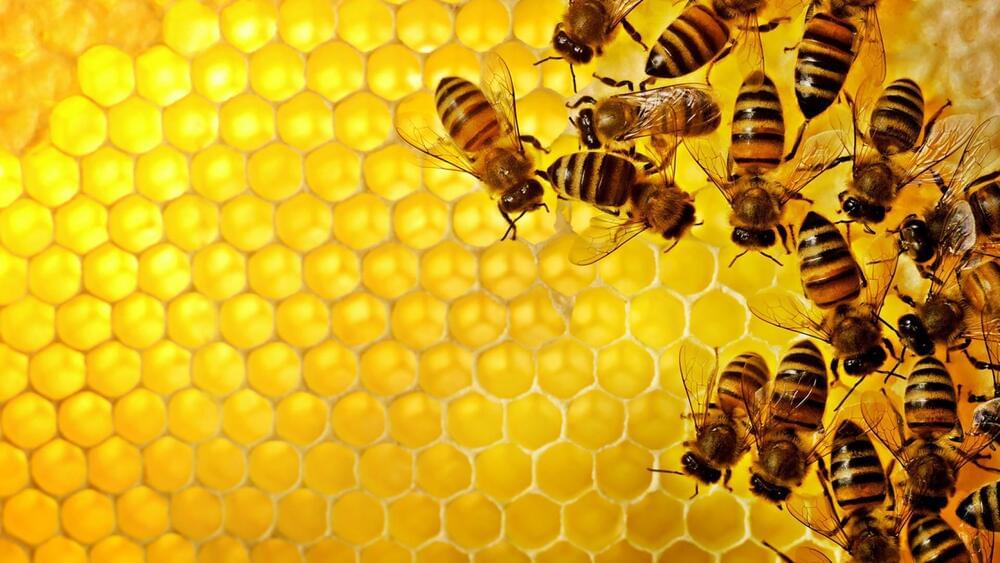
Get the latest international news and world events from around the world.





World Cup Stadium in Qatar Will Be Constructed Entirely Out Of Reusable Shipping Containers
The stadiums include a quiet room for those with cognitive disabilities. The FIFA World Cup to be held in Qatar this year is leading the way in accessibility for specially-abled people, according to a report by Euronews published on Wednesday. The event is making sure all can enjoy it.
Qatar unveiled a massive 40,000-seat arena for the World Cup that’s entirely crafted from shipping containers.
Built with the notion of sustainable construction in mind, Qatar officials are partnering with architects Fenwick Iribarren, Schlaich Bergermann Partner and Hilson Moran on the Ras Abu Aboud Stadium. The building could even earn a four-star rating from the Global Sustainability Assessment System (GSAS) certification.



World population to reach 8 billion on 15 November 2022
There might be room for everyone, or not. At first glance, the connections between the world’s growing population and climate change seem obvious. The more people we have on this planet, the larger their collective impact on the climate.
The global population is projected to reach 8 billion on 15 November 2022, and India is projected to surpass China as the world’s most populous country in 2023, according to World Population Prospects 2022, released today on World Population Day.
“This year’s World Population Day falls during a milestone year, when we anticipate the birth of the Earth’s eight billionth inhabitant. This is an occasion to celebrate our diversity, recognize our common humanity, and marvel at advancements in health that have extended lifespans and dramatically reduced maternal and child mortality rates,” said UN Secretary-General António Guterres. “At the same time, it is a reminder of our shared responsibility to care for our planet and a moment to reflect on where we still fall short of our commitments to one another,” he added.
The global population is growing at its slowest rate since 1950, having fallen under 1 per cent in 2020. The latest projections by the United Nations suggest that the world’s population could grow to around 8.5 billion in 2030 and 9.7 billion in 2050. It is projected to reach a peak of around 10.4 billion people during the 2080s and to remain at that level until 2100.